Researchers from the University of Basel have reported a new method that allows the physical state of just a few atoms or molecules within a network to be controlled. It is based on the spontaneous self-organization of molecules into extensive networks with pores about one nanometer in size. In the journal small, the physicists reported on their investigations, which could be of particular importance for the development of new storage devices.
A widely used diabetes medication combined with an antihypertensive drug specifically inhibits tumor growth – this was discovered by researchers from the University of Basel’s Biozentrum two years ago. In a follow-up study, recently published in “Cell Reports”, the scientists report that this drug cocktail induces cancer cell death by switching off their energy supply.
Professor Georg Holländer and Professor Sai Reddy will head the Botnar Research Centre for Child Health.
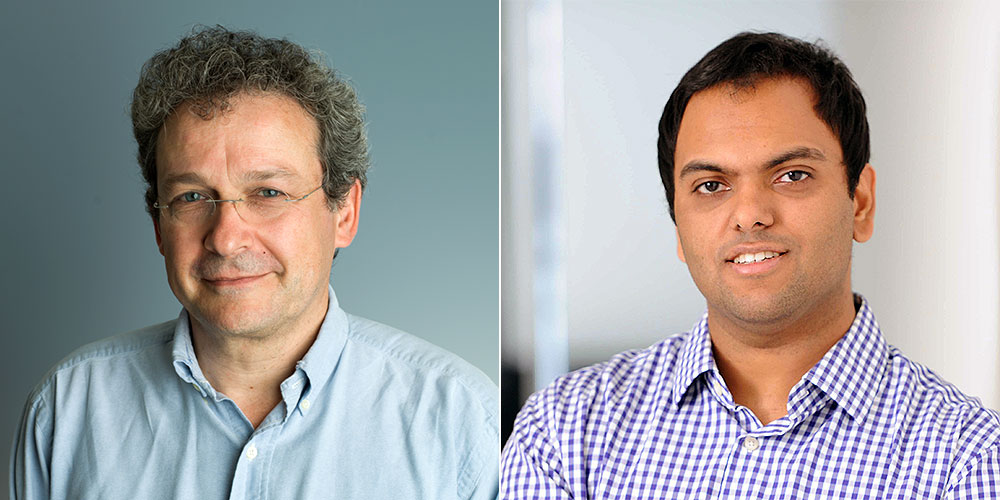
T3 Pharma, a biotech start-up company of the University of Basel with a focus on immuno-oncology, has been named “2018 Science Start-Up of the Year” by Falling Walls Venture. The award honors the scientist-entrepreneurs for their breakthrough business model in bacterial cancer therapy.
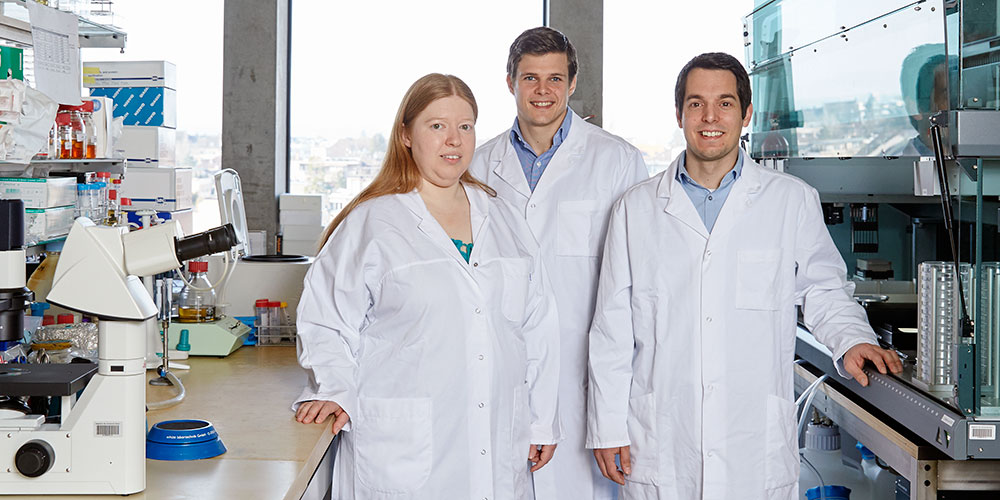
Today, the European Commission launched its flagship initiative on quantum technologies. Three research groups from the Department of Physics at the University of Basel are involved. The aim of the 1 billion euro research and technology funding program is to develop radically new and powerful quantum technologies by exploiting various quantum effects.
Air pollution and transportation noise are both associated with an increased risk of heart attacks. Studies on air pollution, which do not take into account traffic noise, tend to overestimate the long-term effect of air pollution on heart attacks.
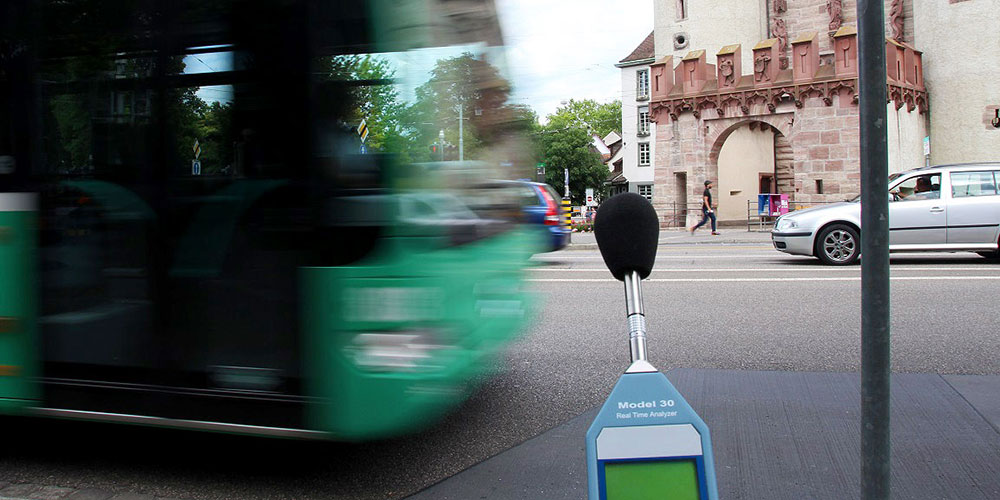
The European Research Council has awarded one of the prestigious ERC Synergy Grants to a joint research project of the University of Basel, the University Hospital of Basel and the Friedrich Miescher Institute. The interdisciplinary team wants to find out whether nasal cartilage cells can be used for the regeneration of intervertebral discs. The funding amounts to 5.3 million euros.
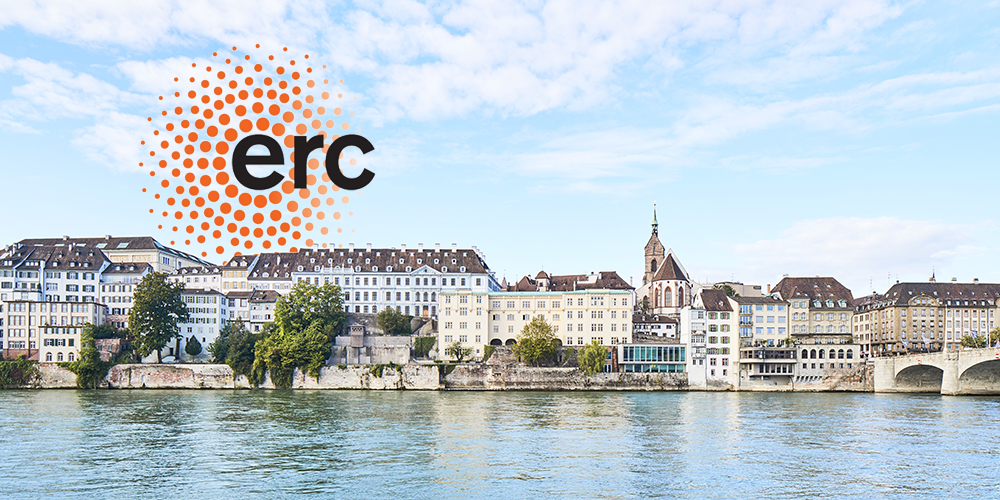
For years, scientists have been trying to determine the climate of the past in order to make better predictions about future climate conditions. Now, there has been a breakthrough in the methodology of climate reconstruction based on microbial molecular fossils. Researchers under the direction of the University of Basel analyzed sediment samples collected from more than 30 Swiss lakes. Their findings can be applied to lakes worldwide, as the scientists report in PNAS.
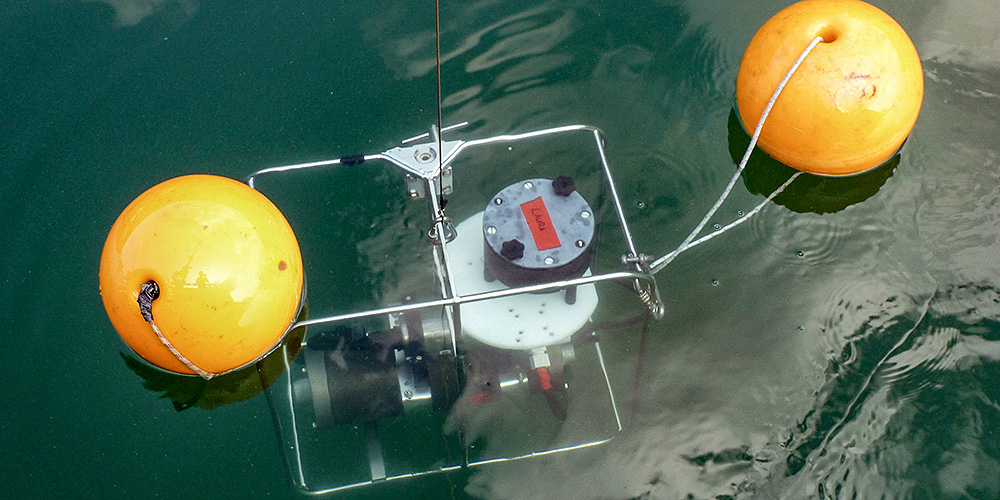
Scientists at the University of Basel have found a way to change the spatial arrangement of bipyridine molecules on a surface. These potential components of dye-sensitized solar cells form complexes with metals and thereby alter their chemical conformation.
